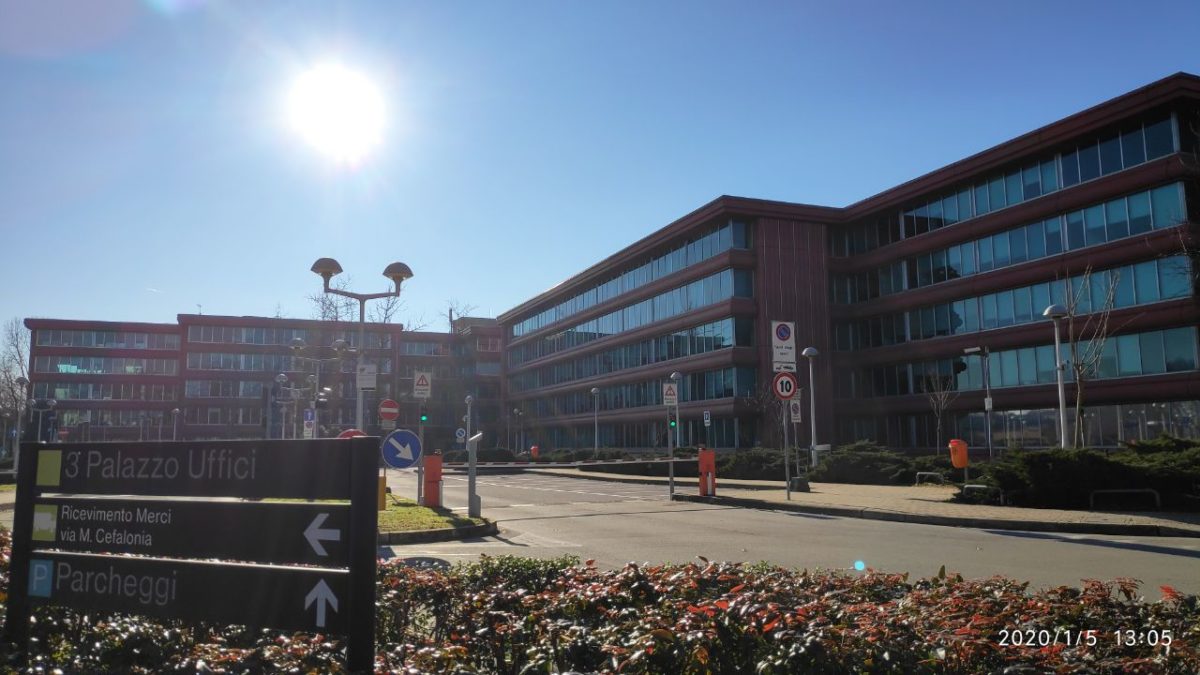Italian gas contractor Saipem and Florence-based hydrogen specialist Alboran Hydrogen have signed a memorandum of understanding for the joint development of five green hydrogen plants — three in Italy, one in Albania, and the last in Morocco.
The three plants in Italy would all be in the Apulia region, more precisely, in the provinces of Brindisi, Taranto and Foggia. For one of the projects the authorization request has already been submitted and Saipem intends to do the same for the other two plants “within a couple of months.”
“With reference to the timing, we trust that Puglia [Apulia], having its own specific legislation on green hydrogen, will have an accelerated process and that the process can be completed by 2021,” a spokesperson from Saipem told pv magazine, adding that the authorizations will be formally submitted to the public administrations by Alboran, “but all technical contribution will be joint.”
Saipem said the two companies had identified land for similar projects in Albania and Morocco. “We are now preparing the permitting in accordance with local legislation,” the spokesperson explained.
The projects will be developed in partnership with Italy-based research center National Energy Technology District and the Sapienza University of Rome. “The agreement with Saipem will allow us to develop the potential of the project model proposed for Puglia with the aim of exporting it to the world,” commented Livio de Santoli, deputy rector responsible for sustainability at La Sapienza University.
Saipem, through its subsidiary Moss Maritime, is partnering with Norwegian oil giant Equinor to test an offshore floating solar array off the island of Froya, near Trondheim, in the Norwegian Sea.
Saipem’s latest announcements follow in the footsteps of a flurry of hydrogen agreements between Italian energy companies. In September, Italian gas and energy company Snam and Saipem signed a deal to cooperate in new energy transition technologies, from green hydrogen to CO2 capture.
Italy's national hydrogen strategy aims for 2% hydrogen penetration into final energy demand by 2030 and up to 20% by 2050.
This content is protected by copyright and may not be reused. If you want to cooperate with us and would like to reuse some of our content, please contact: editors@pv-magazine.com.



3 comments
By submitting this form you agree to pv magazine using your data for the purposes of publishing your comment.
Your personal data will only be disclosed or otherwise transmitted to third parties for the purposes of spam filtering or if this is necessary for technical maintenance of the website. Any other transfer to third parties will not take place unless this is justified on the basis of applicable data protection regulations or if pv magazine is legally obliged to do so.
You may revoke this consent at any time with effect for the future, in which case your personal data will be deleted immediately. Otherwise, your data will be deleted if pv magazine has processed your request or the purpose of data storage is fulfilled.
Further information on data privacy can be found in our Data Protection Policy.